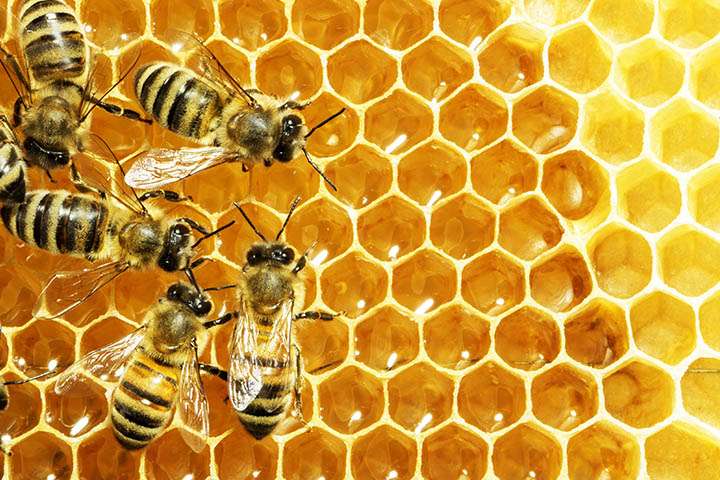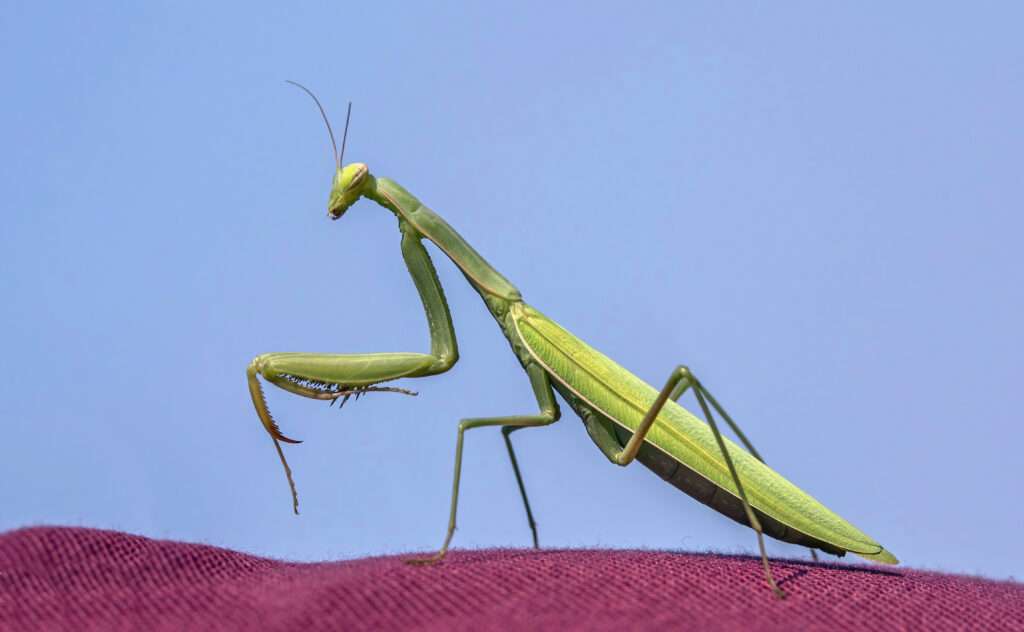
Apis genus, which includes honey bees, is a group of eusocial flying insects that are all indigenous to Afro-Eurasia. Honey bees are renowned for building long-lasting colony nests out of wax, because of their ability to form big colonies, and for the abundance of honey they produce and store. Because of these traits human hunter gatherings and honey badgers etc. are attracted to these bees. Although previously 7 to 11 species have been recognized, there are only eight recognized species of honeybees that are still alive today, with a total of 43 subspecies. Only a small portion of the 20,000 or so species of bees that are recognized as being alive today are honey bees.
Habitat
There are more than 20,000 different kinds of bees in the world, including the honeybee, which was brought to other continents from its native Eurasia and domesticated. Every continent, save Antarctica, is home to a variety of wild bees. Nearly 4,000 native species of bees exist in North America, and they inhabit a range of habitats such as grasslands, deserts, and forests.
Diet
Bees aren’t carnivorous or omnivorous, despite they feed on the flowers nectar or the protein rich pollens from different plants that are flower producing,
Body Parts
A bee’s body is composed of three parts: an abdomen, a thorax with six legs, and a head with two antennae. Every bee has two pairs of wings and branching hairs on some part of their bodies. Stingers are only found on female bees. Many bee species are black and yellow in colour, but many are not; they might be green, blue, red, or any number of other colors. Some even have a metallic gloss and are striped. The smallest of them, the Perdita minima bee is less than two millimeters long, and is larger than huge carpenter bees and bumblebees.

Defensive Mechanism
All honey bees reside in colonies where workers defend themselves by stinging intruders, and concerned bees broadcast a pheromone that prompts other bees to attack. The presence of tiny barbs on the sting distinguishes the various types of honeybees from all other bee species, although these barbs are only present in worker bees.
The fact that the barbs typically do not work (and the sting mechanism does not detach) unless the sting is entrenched in fleshy tissue suggests that the sting apparatus, including the barbs, may have developed specifically in response to predation by vertebrates.
How to Maintain the Health of Pet Bees
- Purchase Local Bees A person could be defeated before they even get started by ordering bees from a distance. Non-local bees may not have the local resources they need to be healthy because they are not accustomed to their owners’ environment. Typically, you can purchase a nucleus (nuc) from a nearby beekeeper.
- Leave bees enough honey so they can consume it for their natural diet. Only when initially receive a new nuc or package in the spring do you need to feed them. Let them consume their own honey once they begin to produce.
- Give Them Space – Bees need space in their hives to grow and spread out so that they can produce. By moving some of the bees, person can get a new queen and start a new hive if they are getting too crowded. Instead of providing foundations, let the bees build the cells they want; this will provide them enough space.
- Let Them Die – It’s recommended to let sick bees die when a hive stops producing honey and the bees become unproductive in order to stop the production of sick bees. Instead, use a new queen to entice the healthy bees away from the hive while letting the rest swarm. Given that the majority of therapies are useless, it is preferable to let them die if they contract a mite-related illness.
Species
4,000 of the reported 20,000 bee species in the world are indigenous to the United States. The smallest bee in size ranges from the kumquat-sized species of carpenter bees to the tiny (2 mm) and solitary Perdita minima in the world.
- Western honey bee
- Tawny mining bee
- European wool carder bee
- Ashy mining bee
- Common carder bee
- Giant honey bee
Table





